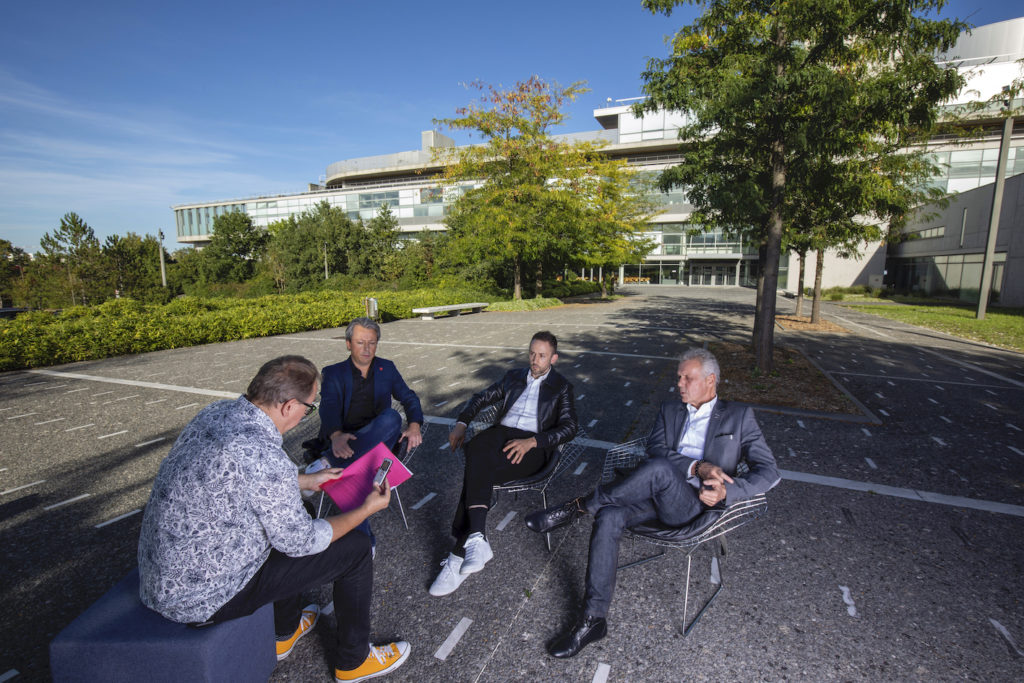
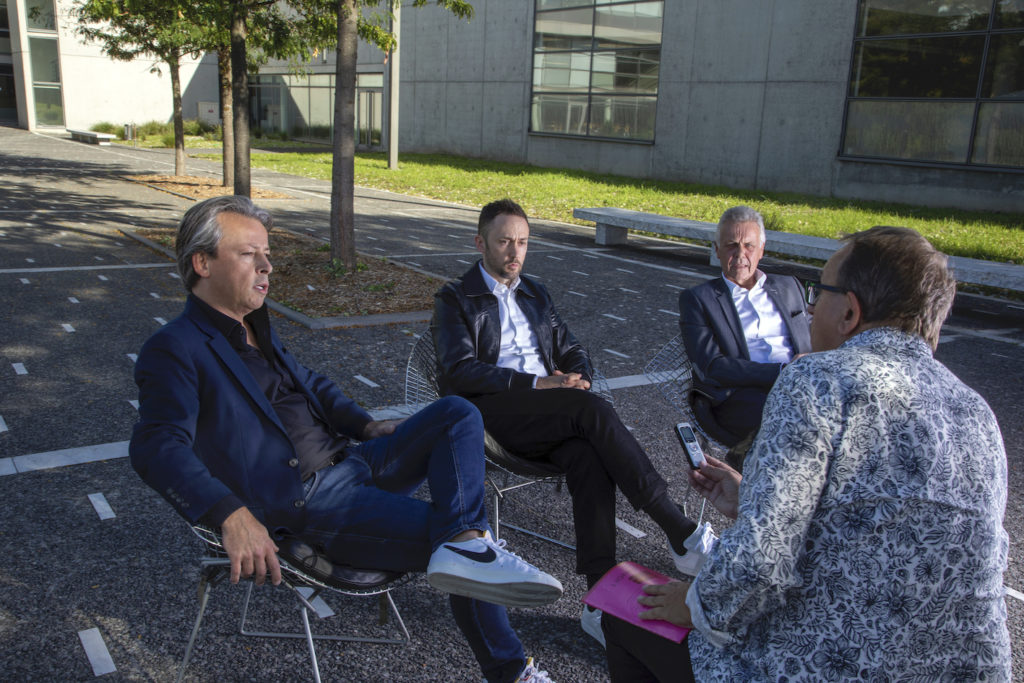
Pierre Leclercq – Born in 1972 – 50 years old – Citroën Design Director since 2018
Matthias Hossann – Born in 1980 – 42 years old – Peugeot Design Director since 2020
Thierry Métroz – Born in 1963 – 59 years old – DS Design Director since 2014
Photo: Benjamin Asket of Virage Agency
Bringing together three design directors from brands that are bubbling over with projects is not easy. Fortunately, these three directors have lunch in the same canteen. When they have the time… We took them out of their respective studios to air them out a bit, right in front of the ADN (Automotive Design Network) boat, which was inaugurated in 2004. Rumour has it that this long building, 220 metres long, 60 metres wide and 40 metres high, sinks a few millimetres every year.

Thus, in several centuries, it will be possible to access the presentation terraces of the secret Peugeot and Citroën cars, which are now high up and out of sight, without making any effort. But that is fiction. What is real is the presence of the three design directors of the Citroën (Pierre Leclercq), Peugeot (Matthias Hossann) and DS (Thierry Métroz) brands before us. In other words: the strike force of the aesthetic genius of the three French brands of the giant Stellantis.
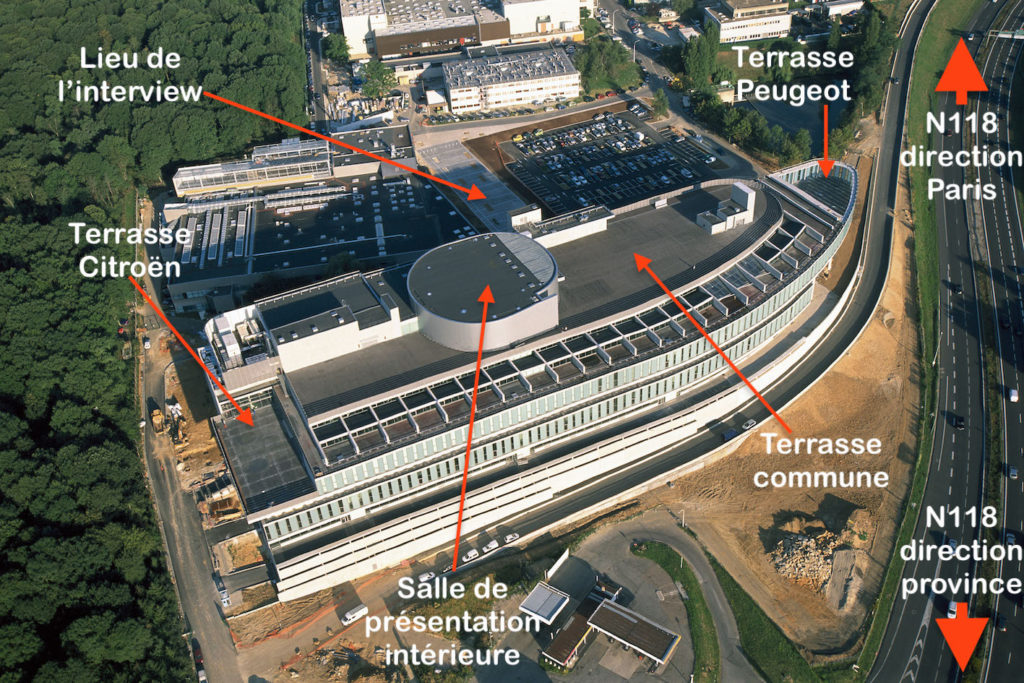
These three renowned designers are not quite of the same generation. For example, the design of the oldest brand (Peugeot) is in the hands of the youngest of the three, Matthias Hossann (42): “I come from the East and when I was a kid I used to go and visit the Schlumpf Museum with my parents. There is an incredible collection of Bugattis there and that’s where I started to connect with the object, rather with the plastic that goes with it. I was passionate about volume, that’s really what brought me to the world of the automobile where we have to create an aesthetic for the masses while designing the most sophisticated objects.”
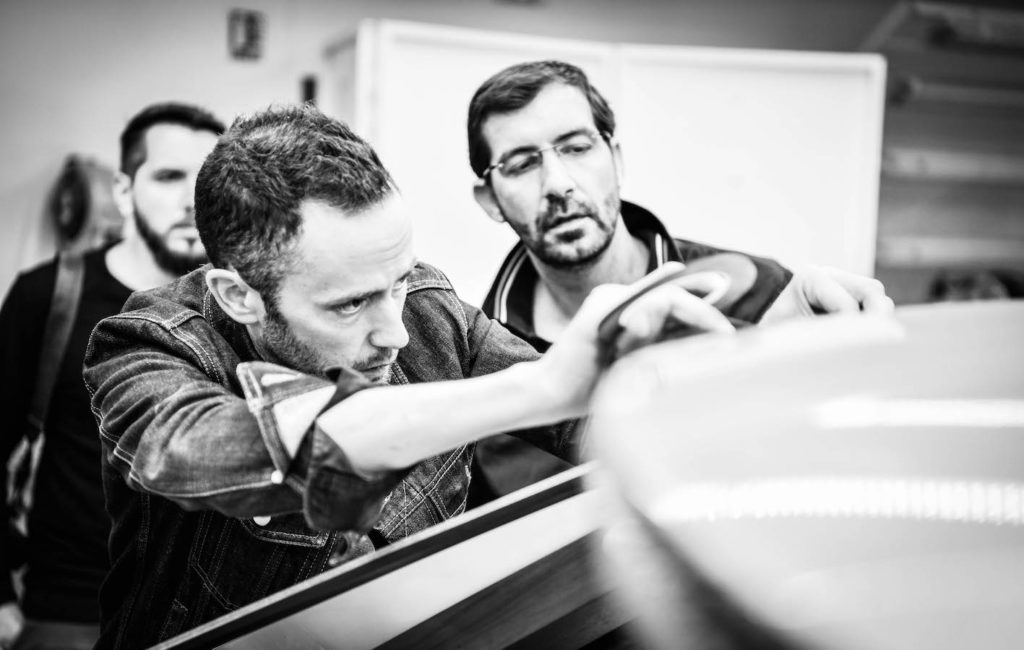
The youngest brand, DS Automobiles, is in the hands of the oldest of the three: Thierry Métroz, born in 1963. For him, the origin of his passion comes first from drawing. “That’s where I was good, much better than in maths or French! I was ten years old when my first emotion came from the Alpine Berlinette which was world champion that year.”
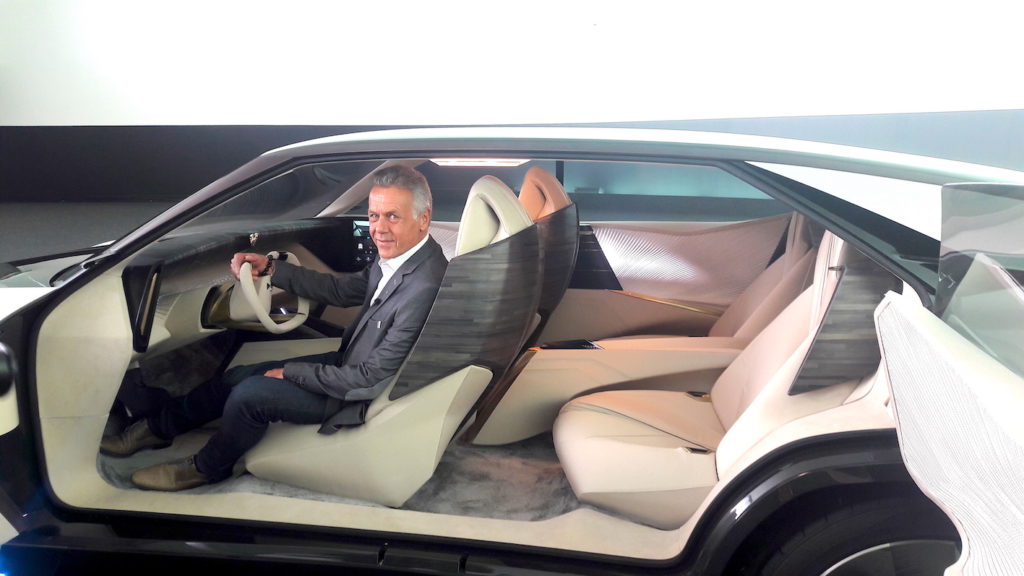
Bugatti, on Matthias’ side (Peugeot), Berlinette on Thierry’s side (DS) and cartoons and Italian bodywork on Pierre Leclercq’s side (Citroën): “I had an uncle and a cousin in my family who were cartoonists, and that always inspired me a lot. And above all, I dreamt of the little aluminium plates on the sides of Italian cars, especially those made by Pininfarina!” Let’s not forget either that Pierre’s parents and grandparents drove… Citroën.
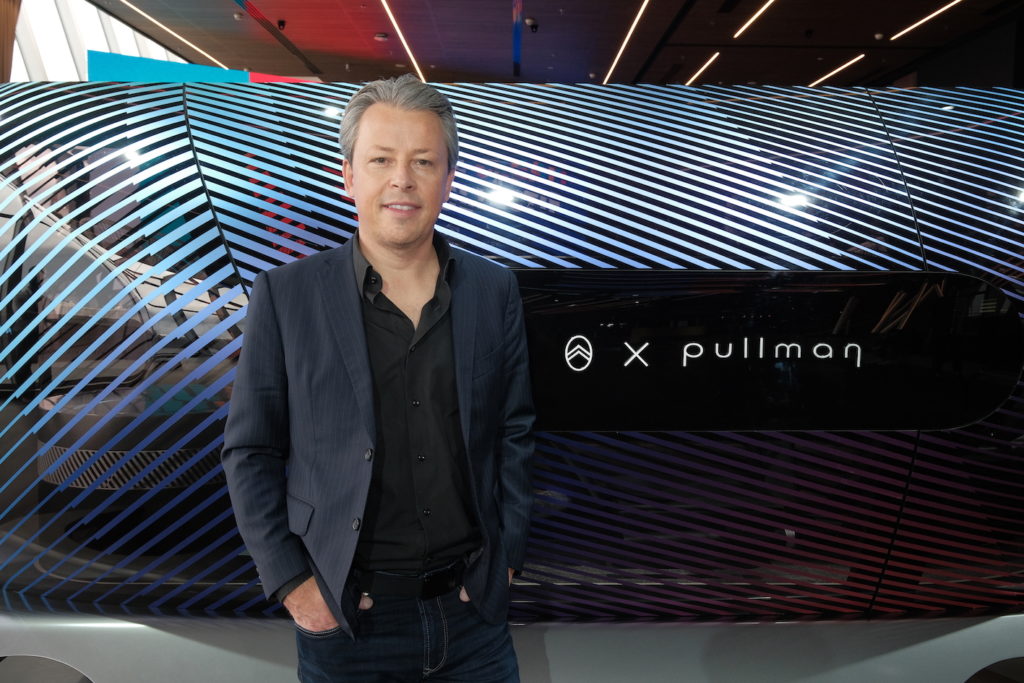
It’s all very well to decorate the walls of your room with posters of Berlinettes or to slalom between Bugattis. What led them to become designers in the first place? Pierre Leclercq recalls that “my father was a doctor in a small town. So when I said I wanted to become a designer, I had to be very persuasive. I ended up at an industrial design school in Belgium, but that’s not what I wanted to do. The first questionnaire of the school was to know what your dream job was. I didn’t dare to put “car designer”, so some guys put it in my place and got yelled at! I was told that I had nothing to do here and fortunately, a school opened in Switzerland, in Vevey: it was the European branch of the American Art Center College. I went there as soon as I finished my studies in Belgium and I returned to Vevey just before the school closed.”
READ THE INTERVIEW WITH JEAN-PIERRE PLOUÉ, CHIEF DESIGN OFFICER OF STELLANTIS EUROPE BRANDS HERE : http://lignesauto.fr/?p=26695
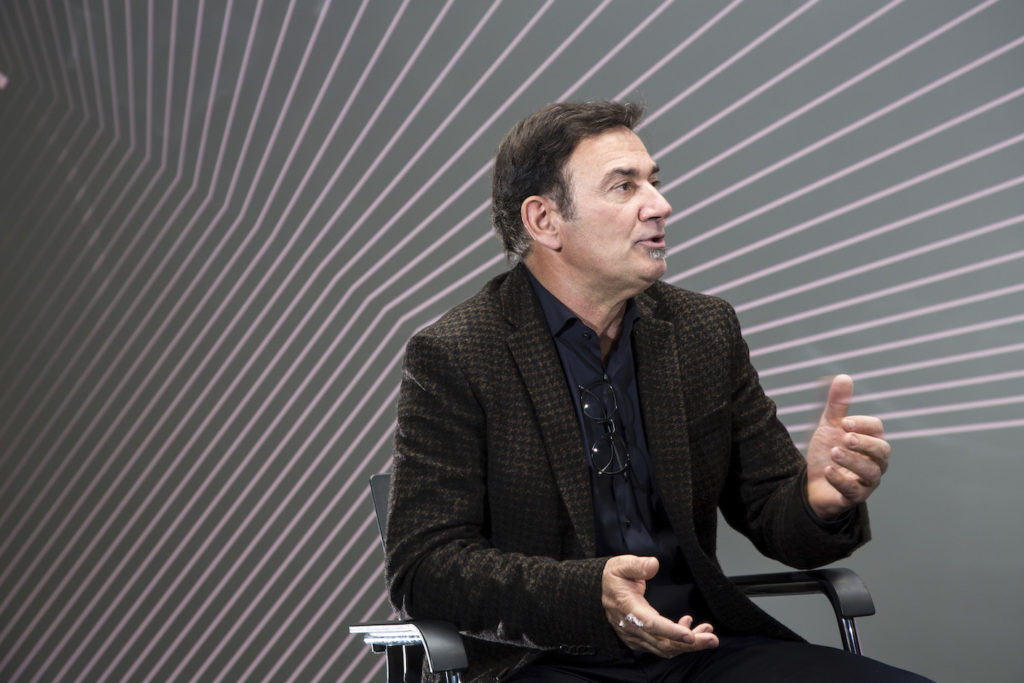
Born in 1980, Matthias Hossann had many more educational opportunities ahead of him than his two colleagues. “I started at Strate College in 1997, but I would like to thank Thierry, because with Jean-Pierre Ploué, they really cleared the way for design in France. I grew up with Jean-Pierre and Thierry’s sketches and it is thanks to them that schooling in terms of design has developed. So, when I arrived, there was already Strate, ENSAAMA, and others who created a real network in France.” Thierry Métroz can only agree because he followed practically the same studies as Jean-Pierre Ploué.
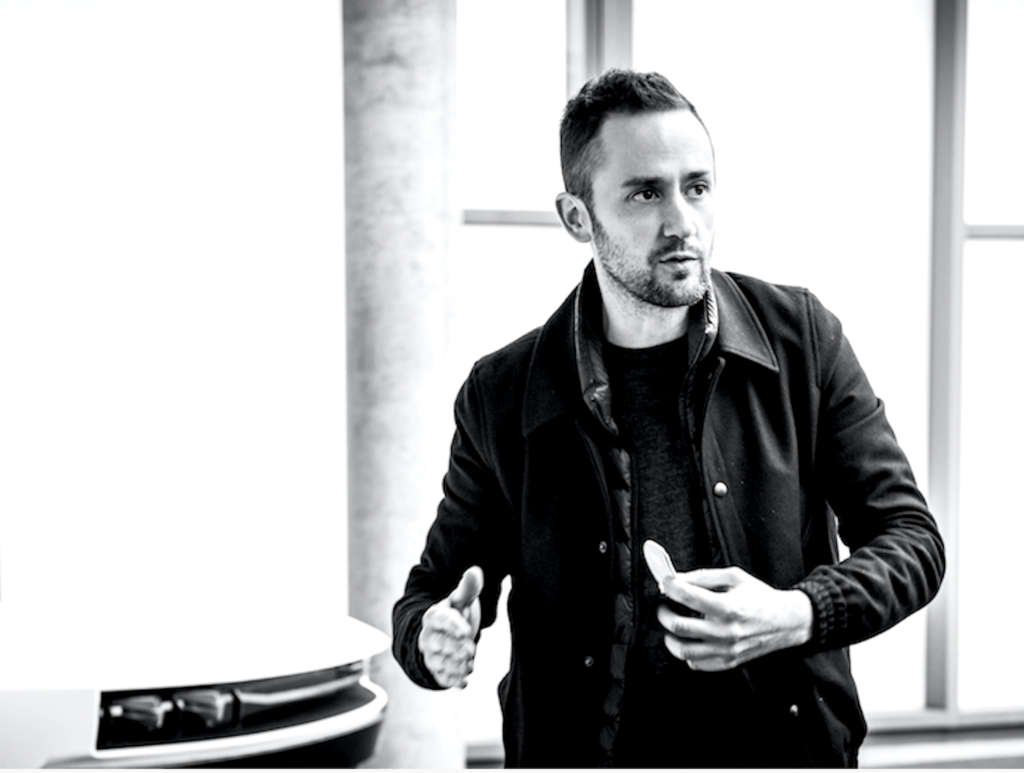
In this type of school for young people who are aiming for 5 years of higher education, the job of design director of a car brand is not yet mentioned! Thierry Métroz confirms that “the school did not teach us to become managers. But during my studies I had the chance to meet extraordinary teachers who valued work well done. You can learn the basics of management thanks to the personality of the teachers, who teach you how to be demanding with yourself and your teams. There are designers who are excellent but who don’t want to, or can’t, become managers.”
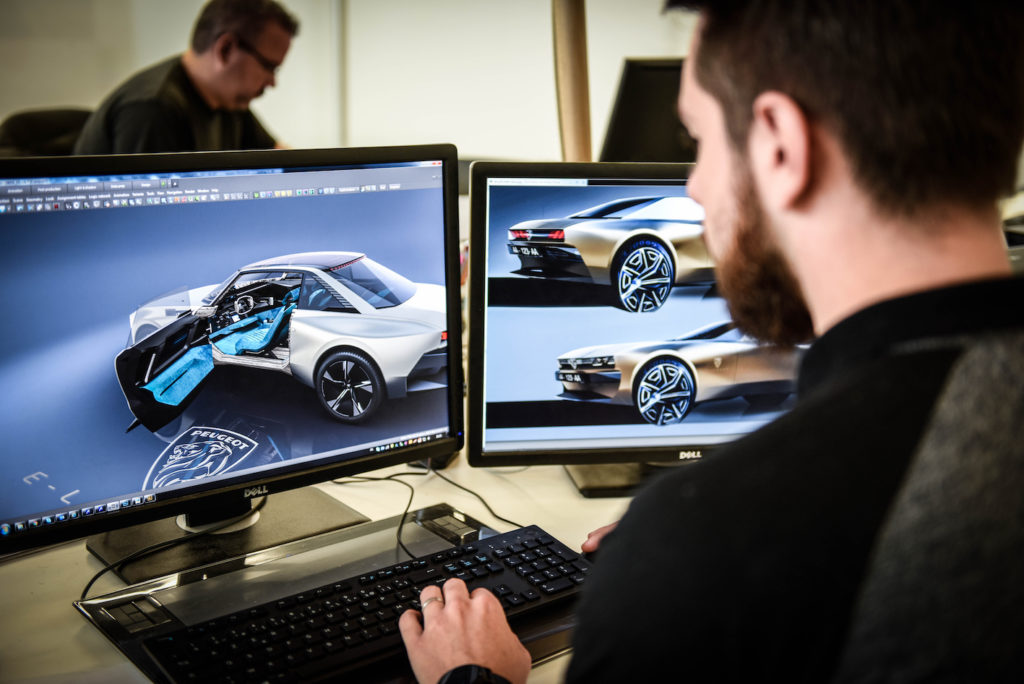
If the objective of a designer who joins a manufacturer’s team on leaving school is above all to constantly create and adapt to the brand’s genes, that of a brand’s design director is quite different, because he no longer draws. Matthias Hossann explains that this job “is about giving a brand a vision and a trajectory for the short, medium and long term.”
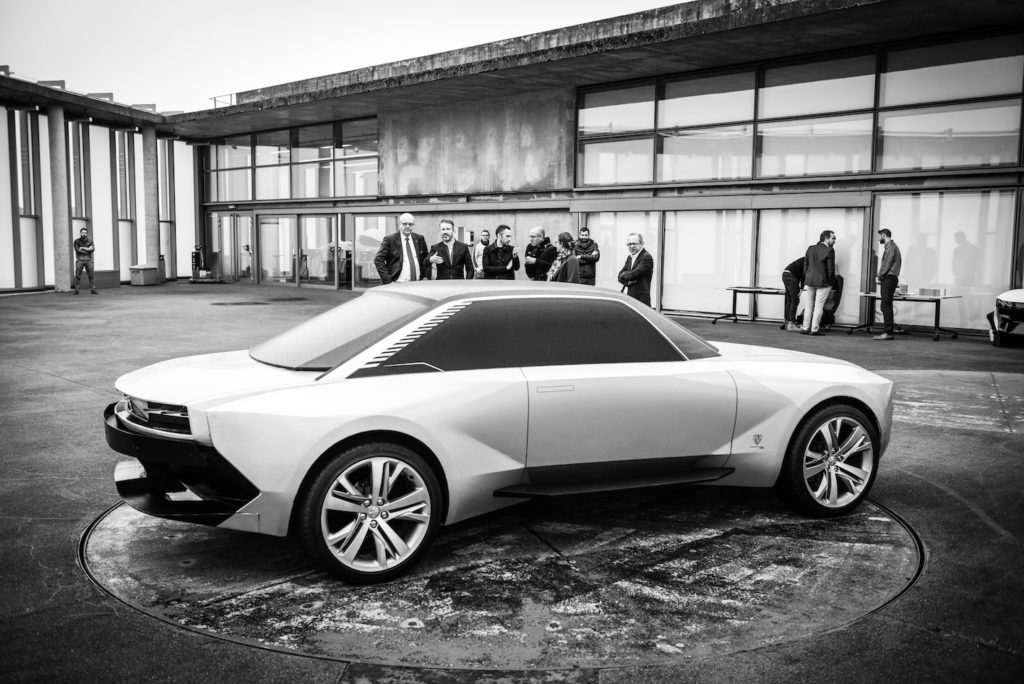
For Thierry Métroz, after leading the Citroën design team for more than two years from 2010, it was necessary to create a completely new team when the DS brand was unveiled in 2014. He recalls that “it was a novel situation because in 2013 we had to set up a dedicated DS team to anticipate the official split between Citroën and DS in 2014. It was part of the Citroën team that moved to DS. I chose those who had the most sensitivity to the story we wanted to tell. The core group of former Citroën designers has remained the same since 2012.”
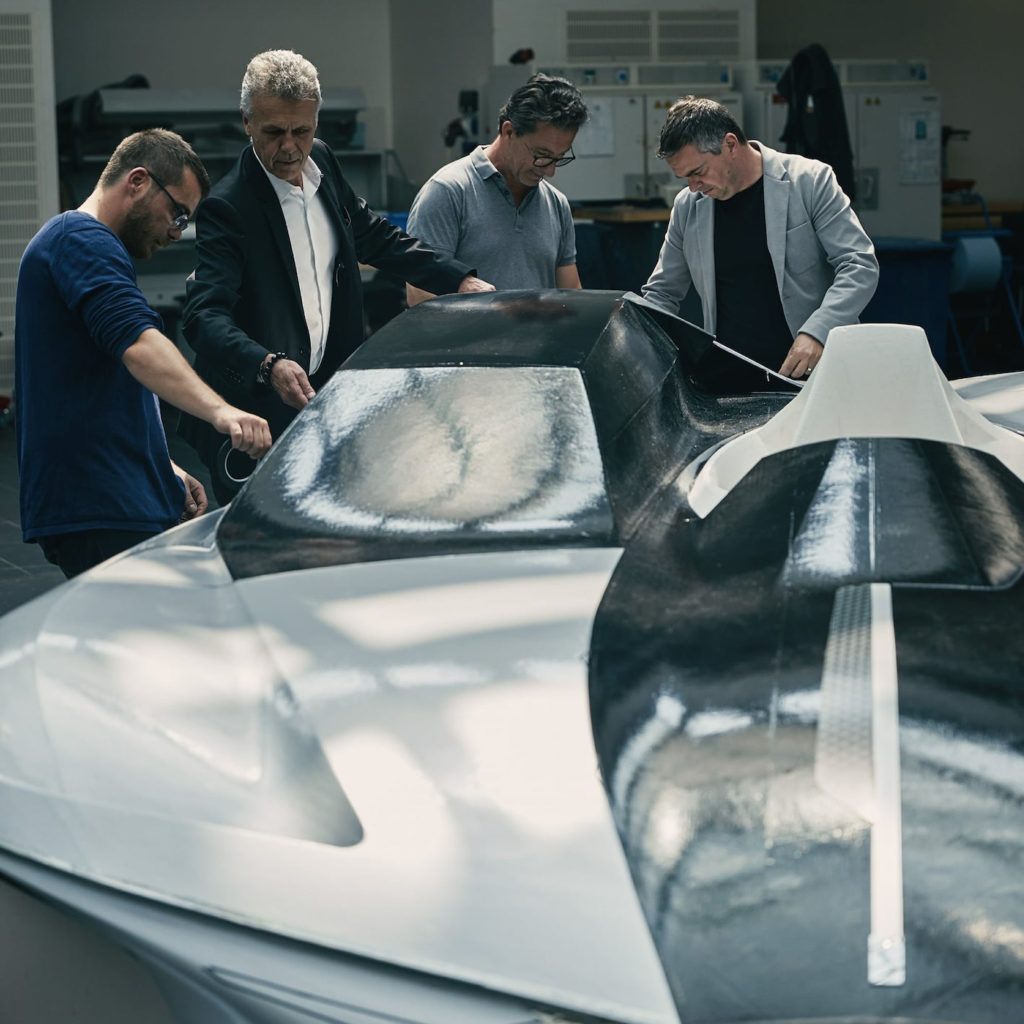
For Pierre Leclercq, the situation was different: the team existed, but Pierre reorganised it considerably with many departures and just as many arrivals. Did he want to mark his territory? “Not necessarily”, explains Pierre. “When you join a new group, you don’t yet know the team you’re going to work with. A lot of people have already been there, sometimes for twenty years, so you have to integrate yourself at first. If my team has changed, it is also because the last four years, with the formation of Stellantis, have had an impact at Citroën. We’ve really exploded the teams.”
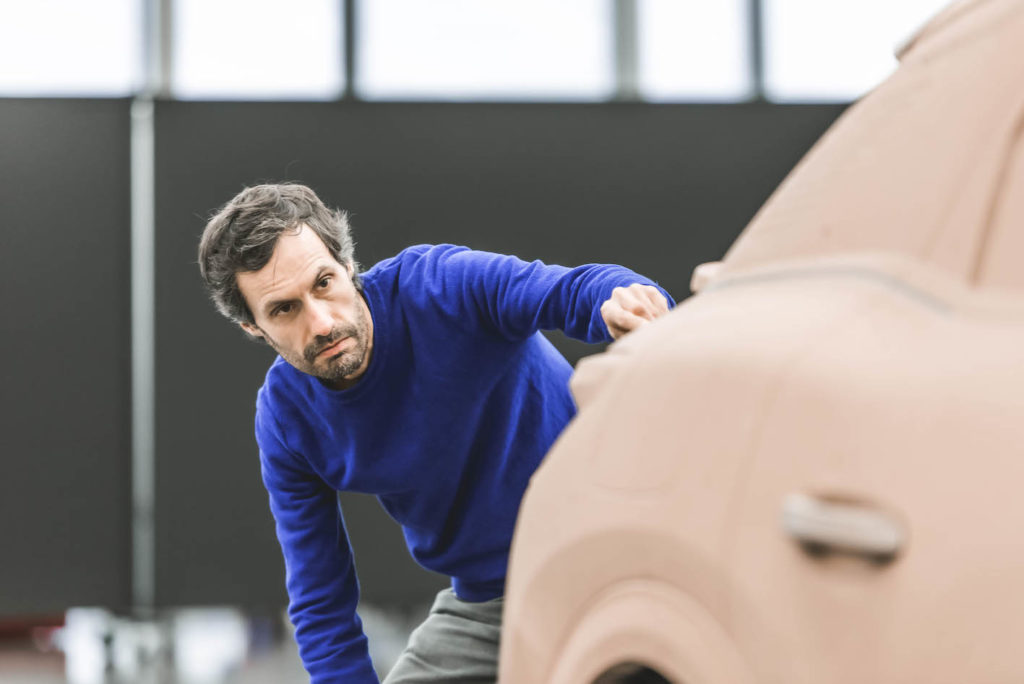
In other words, the three style directors – and no doubt others in the Stellantis Europe group – are clearly lending themselves to designers? “It has happened,” says Pierre Leclercq. “We do exchanges and often it is beneficial for the designers. Not so long ago, I asked Matthias if he had two or three guys to lend me for a few months.” “However, it’s more often transfers than loans,” says Thierry Métroz.

For Matthias Hossann, the story is different again as the team existed, like the one at Citroën, but this time the new design director came from within as Matthias had the position of head of exploratory and early stage design (including concept cars). “Certainly the existing team was robust, and we have the opportunity to rejuvenate it with young talent coming in to support this historic team.”
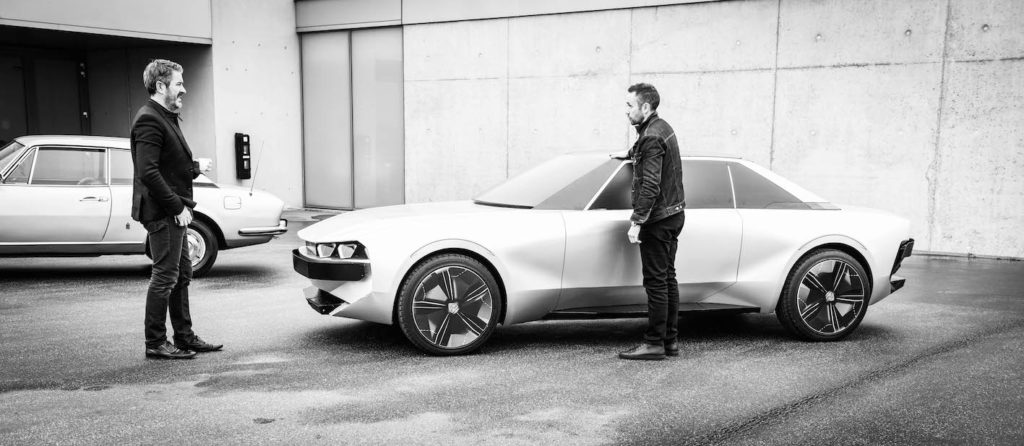
And exchanging or lending designers goes beyond the borders of Vélizy’s DNA, as Matthias Hossann explains: “We have had quite a few exchanges between the French studios and those in Turin, Italy. All this is easily organised, but we mustn’t forget that Stellantis is still new and that all this has to be put in place.” Stellantis is therefore making the best use of the synergies between all the departments involved in car design, even in the field of design. Pierre Leclercq, who has worked in Germany at BMW and in Korea at Kia, was surprised when he arrived at PSA (now Stellantis). “With only three brands (BMW, MINI, Rolls-Royce), the design of the BMW Group was rather well organised, with a real sharing of responsibilities, but in Korea, this was not the case! When I arrived here, I clearly found that everything was well organised. We have a big meeting once a year to present the DNA of each other’s styles. It takes time but it’s imperative.”

Obviously, the guarantee of differentiation between all the brands remains the prerogative of Jean-Pierre Ploué who is the Design Director of the European brands of Stellantis. Jean-Pierre Ploué is also, surprise, responsible for the design of the Lancia brand. Belonging to the same division as the DS and Alfa Romeo brands, did Thierry Métroz have to send designers from his team to Lancia? “Yes, we did. It is the strength of the group to be able to help each other and there have been transfers of designers to Lancia.”
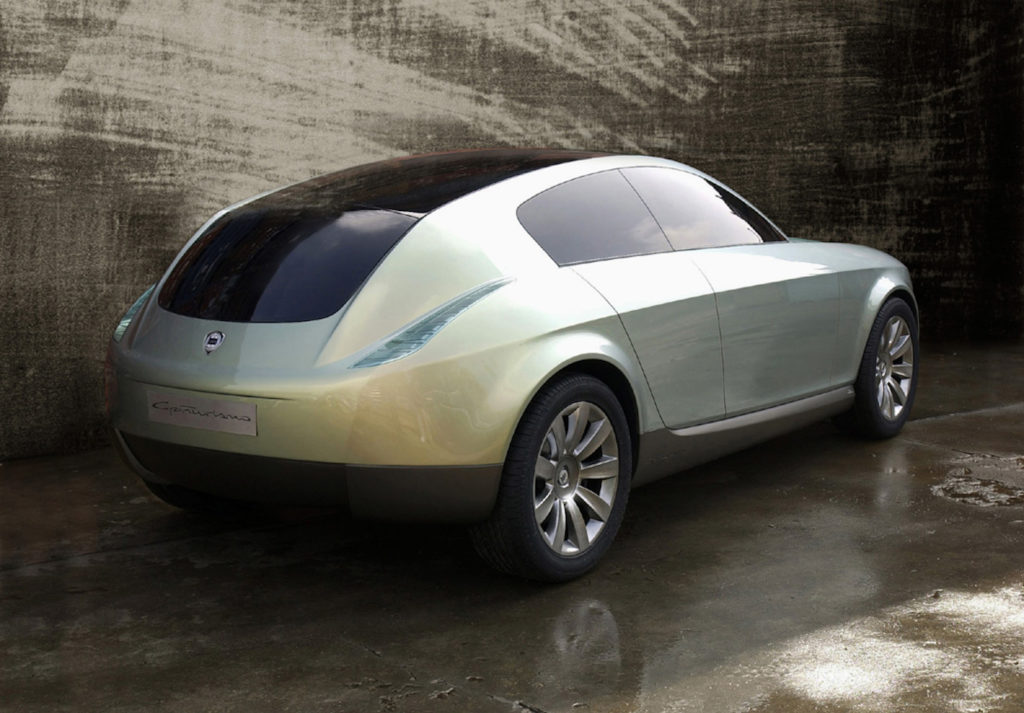
And in this case, do we keep the best? Thierry Métroz affirms that “no, frankly, those who left me, whether at Alfa or Lancia, were among the best! And then it would be to put a brand in difficulty and it would not benefit the group in any way. The good ones who have a real added value will, on the contrary, allow the whole group to be strengthened.”
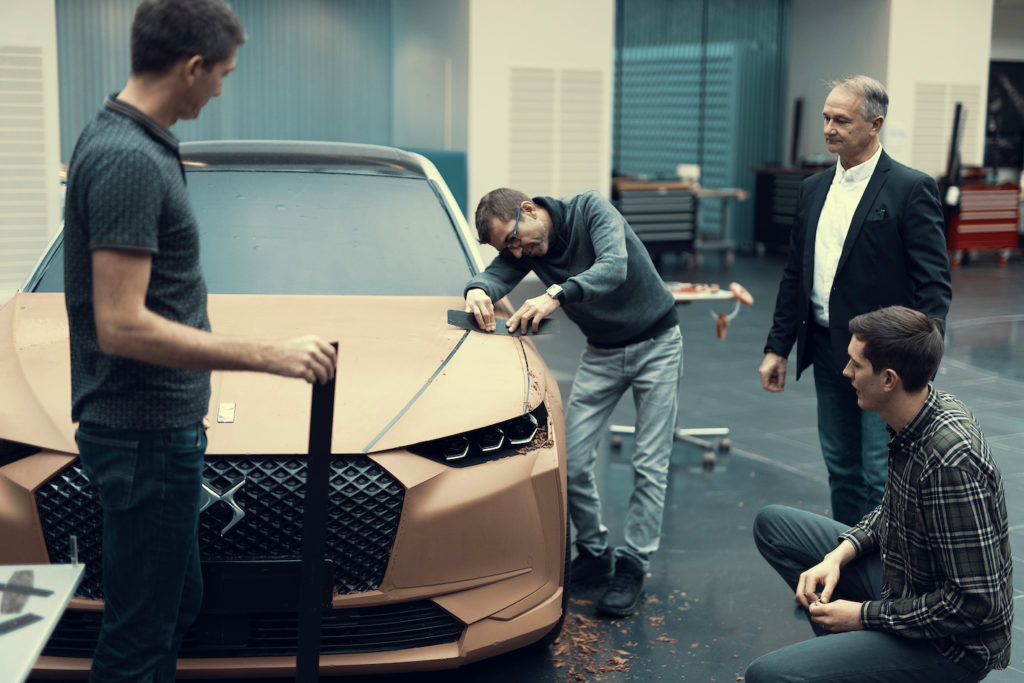
The premium division (Lancia, DS and Alfa Romeo) is therefore relatively young in terms of the creation of design teams. The ‘generalist’ (Mainstream) division includes Peugeot, which is moving upmarket, and Opel. On the access side, there is the division which includes the Citroën and Fiat brands. Is the Italian becoming Citroën’s biggest rival? Pierre Leclercq does not think so. “I don’t see Fiat as a competitor. In terms of design, there is enormous competition between us all, not only with Fiat, and Jean-Pierre Ploué also likes to push us further and further by stirring it up. Here, in the studios behind us, there is an exceptional competition that is stronger than any I have ever known.”
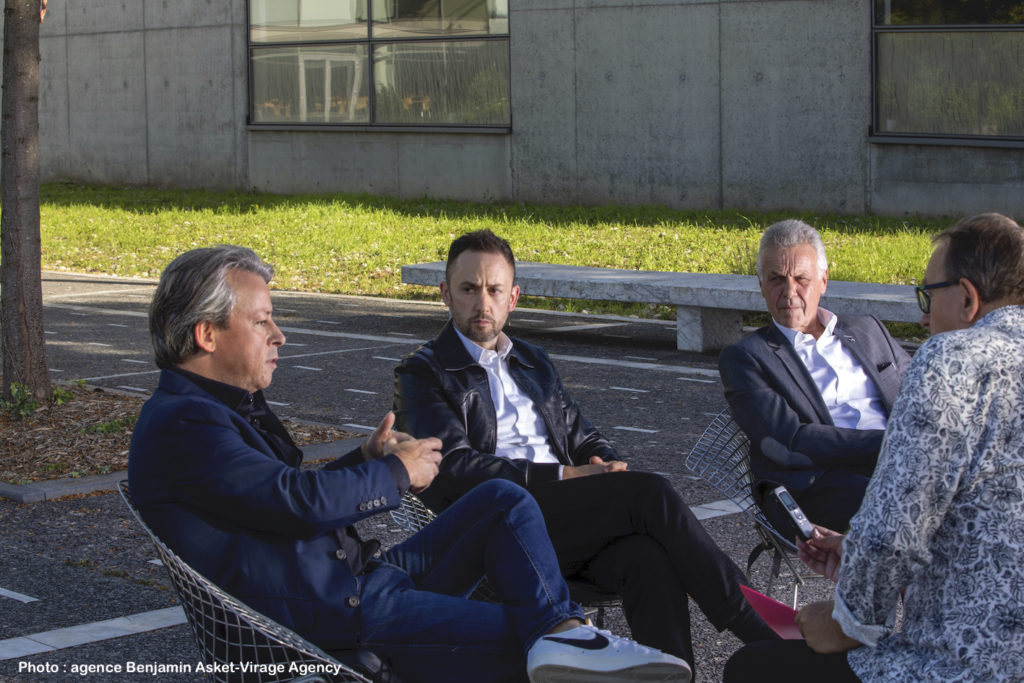
Matthias Hossann agrees: “I agree with what Pierre said. Today, the challenge is to make sure that there is a differentiation on each of the brands in order to offer products that are sufficiently different from one brand or from one division to another, in order to respond to different needs. Clearly, the field of competition is really in front of us, and not internally.”
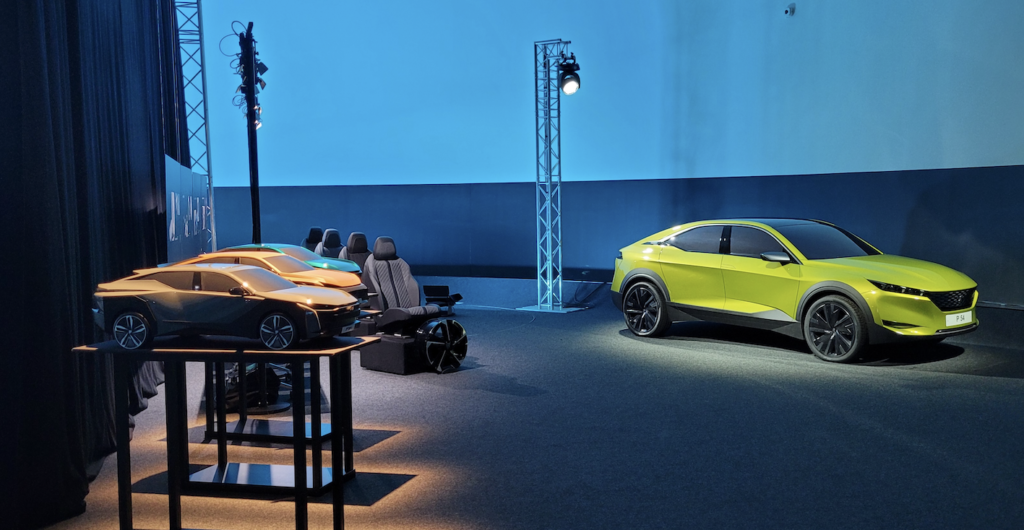
So the competition is elsewhere, especially internationally. Is it necessary to have international experience in order to become a design director of a brand? Thierry Métroz believes that it is not mandatory. “It’s a plus, obviously, but it’s not a mandatory condition. For a simple reason, it is that within a group, you can have international positions, as when I was at Renault, I directed studios in Barcelona and Korea for the group.”
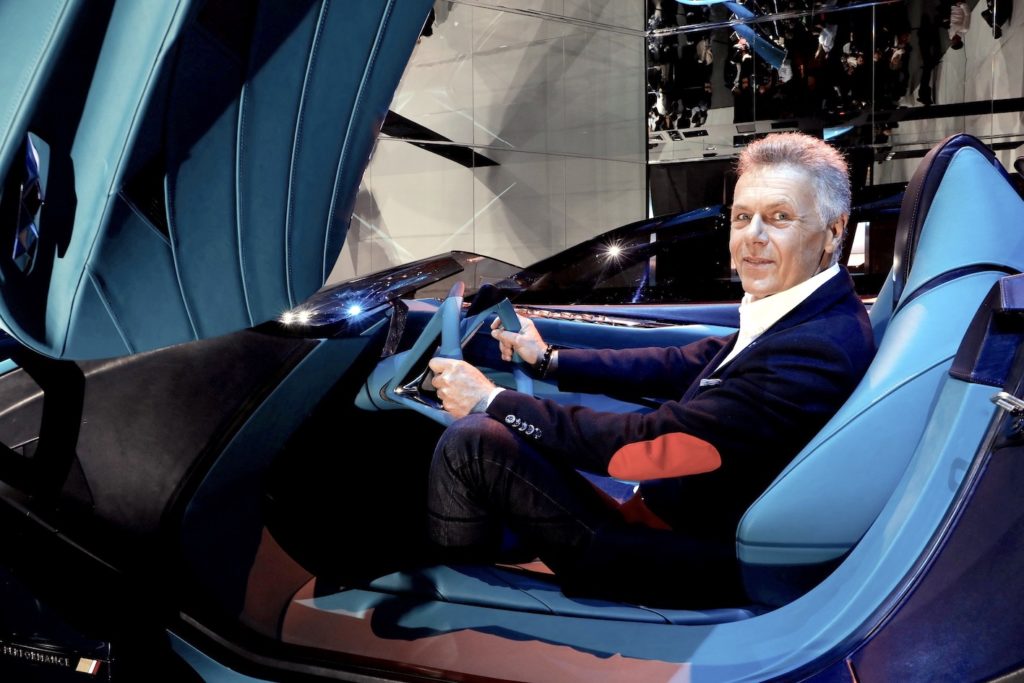
The same applies to Matthias Hossann who joined the group in 2002 and very quickly set foot abroad. “I was lucky enough in 2008 to be able to spend five years in the PSA studio in China. You immerse yourself in the international culture and when you come back to France, you are no longer the same. The whole point of Stellantis is now to be able to offer positions in studios in the United States, Brazil or Italy.” Pierre, as we have seen, has known the BMW group and the Hyundai Kia group in Korea where he almost became head of world design for the Kia brand before leaving Korea for France and Citroën in 2018.
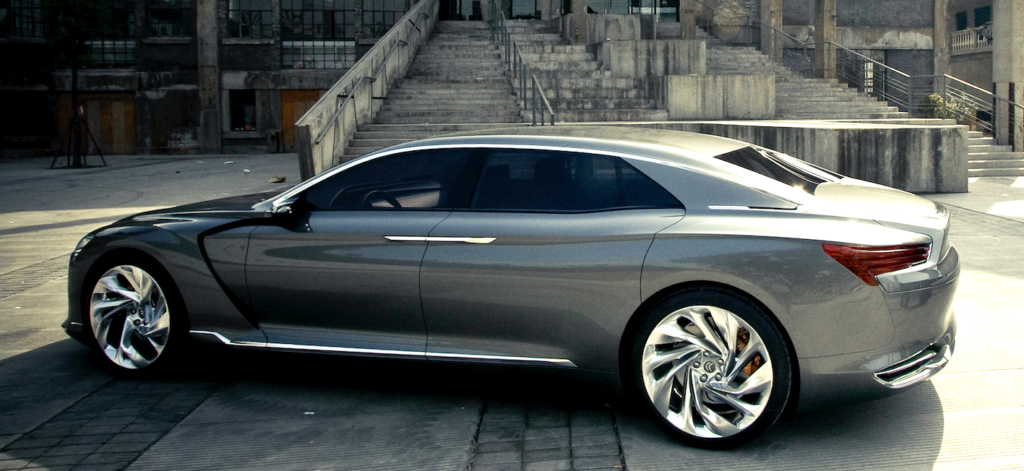
DS is a young brand, whereas Peugeot and Citroën are century-old brands. Does the weight of the image, of the History with a capital “H” of each of their brands weigh on the shoulders of Pierre and Matthias? “Peugeot is the oldest brand in the world car industry, so there is obviously an affection for the brand”, Matthias Hossann concedes.

Order our bilingual books on automotive news, design and archives here. Booklet of 130 pages, €28. https://lignesautoeditions.fr/
And Matthias continues: “The risk would be to be imprisoned by its history and that is the challenge of a brand like Peugeot: you have to accept your history, and sometimes play with it, but what I ask the teams is to be forward-looking, so it is always a fine balance to find where we can play with our codes, but above all not to lock ourselves in. We don’t want to do retro-design. On the contrary, we want to project this brand into the future.”
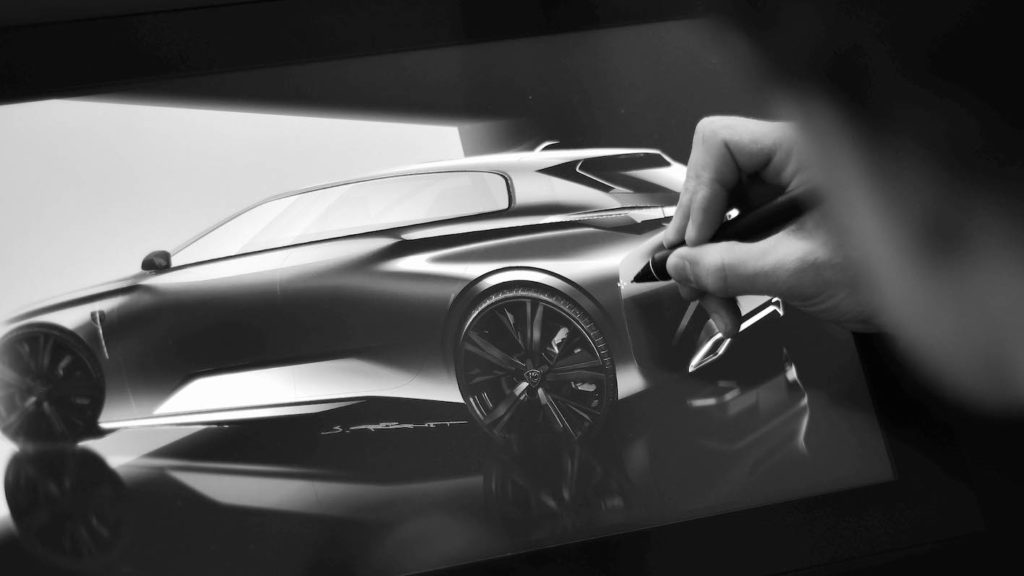
For Pierre Leclercq, history obviously counts. “During Citroën’s 100th anniversary, I saw entire families wearing Citroën T-shirts and with flashes of passion in their eyes. You can only have respect for this brand and its lovers. What I like about Citroën is that people wait for the next model with curiosity and impatience. Not all brands can say that. What is important is not necessarily to be a fan of the brand for the design manager, but to understand its philosophy coupled with a passion for car design. We need to have the desire to change the codes. I’m not interested in neo-retro either, it’s relatively easy to fall into that theme. It’s much more interesting to understand the brand’s philosophy and to come up with the right answers, like with our recent OLI concept car.”
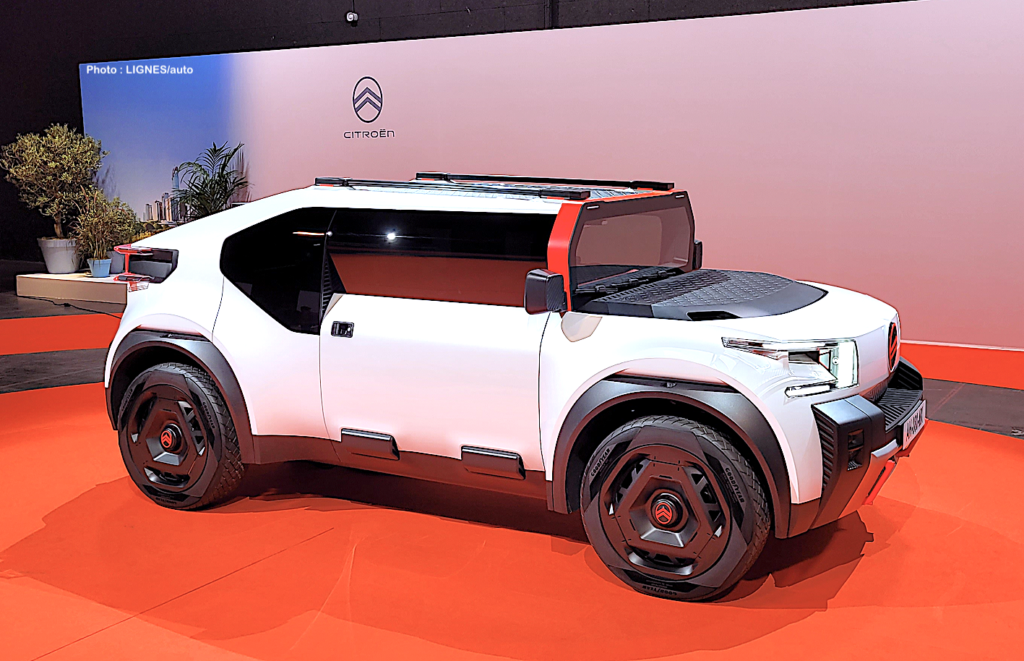
Pierre Leclercq, Matthias Hossann and Thierry Metroz don’t hide their plans from each other and their badges work to get into the studios without having to play MacGyver to break in. Pierre Leclercq says that seeing other brands’ programmes “motivates me! I go back to my studio and push the teams to go further.” There is no question of stealing an idea from the neighbour that would probably not correspond to the brand’s DNA. And, as Pierre points out, “none of us want to have the neighbour’s recipe.” Which, with 13 neighbours for each of the Stellantis group’s brands, is not a given, but quite a challenge!

We will be able to see the results of all their work within ten years. And in ten years, where will they be? For Thierry Métroz, unless there are new drastic reforms concerning retirement, he will be busy with other things. Pierre Leclercq sidesteps this by explaining that “a designer is a sponge. And there is always a plan B or C!” Matthias, the youngest of the three, seems very comfortable because “I am certainly passionate about cars, but I am also attracted to other worlds, such as fashion or cooking. The role of a designer is to be curious and if you remain passionate, you can do almost anything! But the world is changing fast, so thinking about what we’ll be doing in ten years’ time…”
Special thanks to Stéphanie Cardine, from the Peugeot Design communication department. And of course, to the three design directors, without forgetting the autumn sun and Benjamin Asket from Virage Agency for the “family photo”. The other photos come from the communication services of Peugeot Design, Citroën Design and DS Automobiles Design, as well as from the author’s personal archives.
Did you like this article? You might like this one: http://lignesauto.fr/?p=24401

